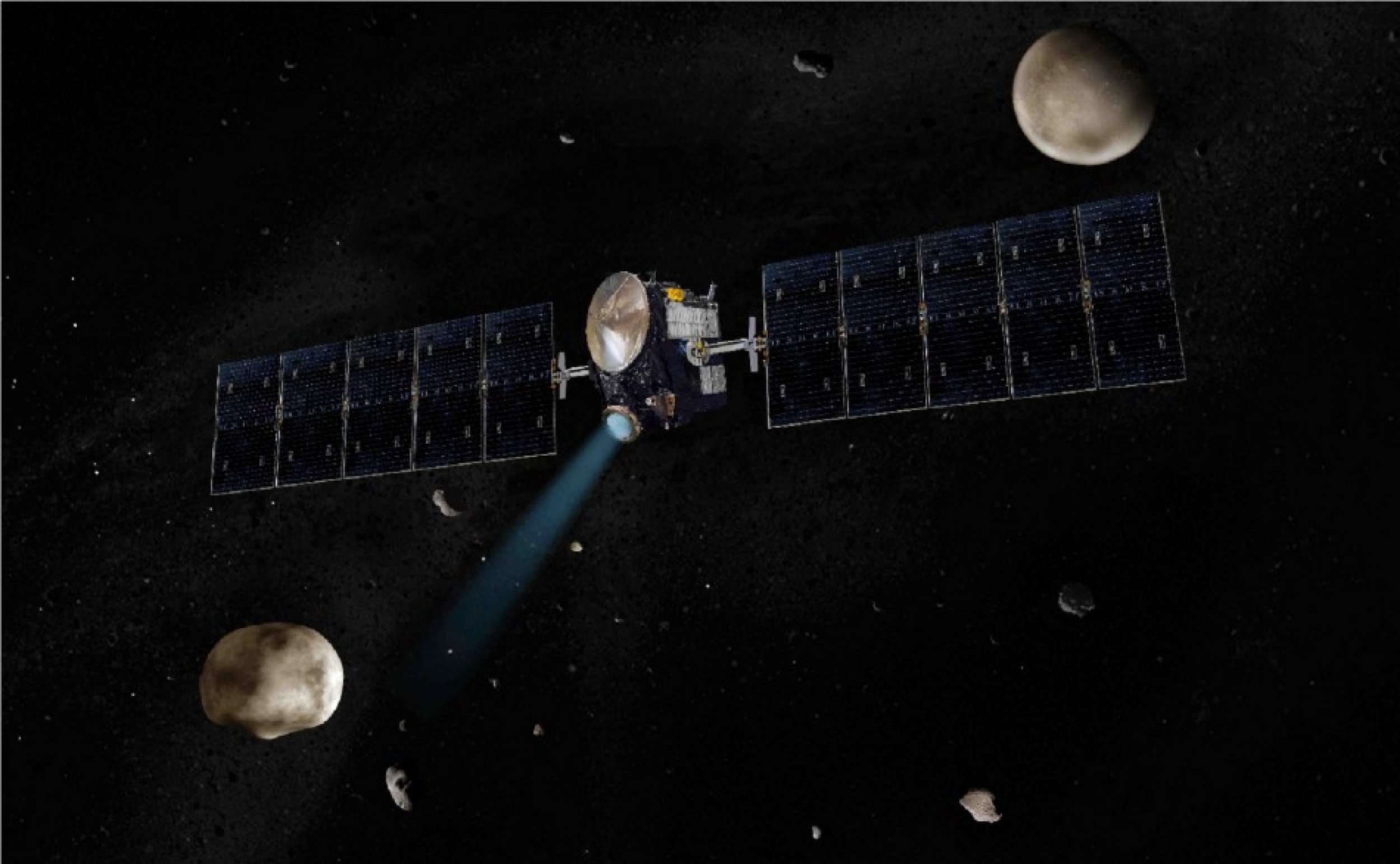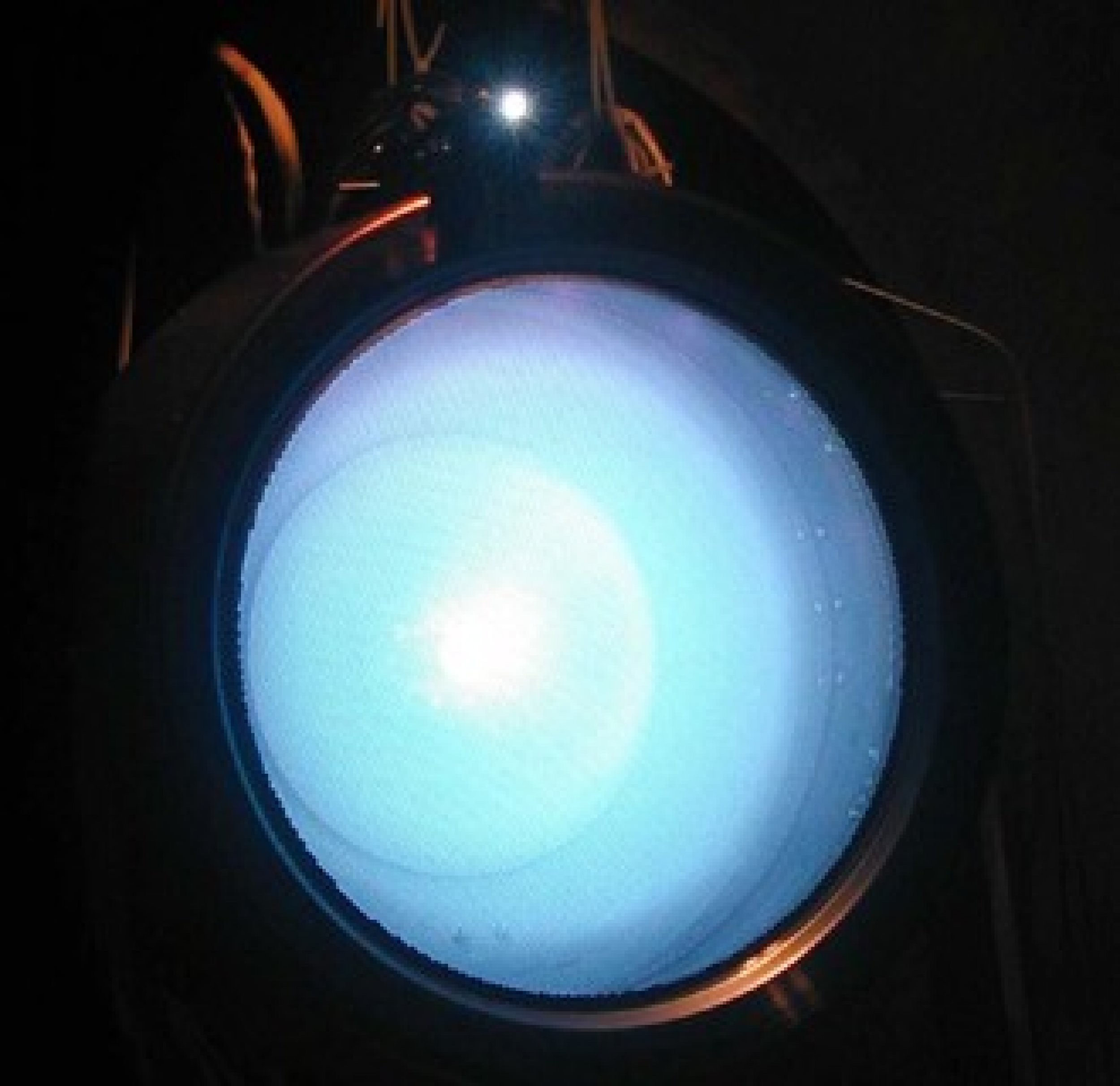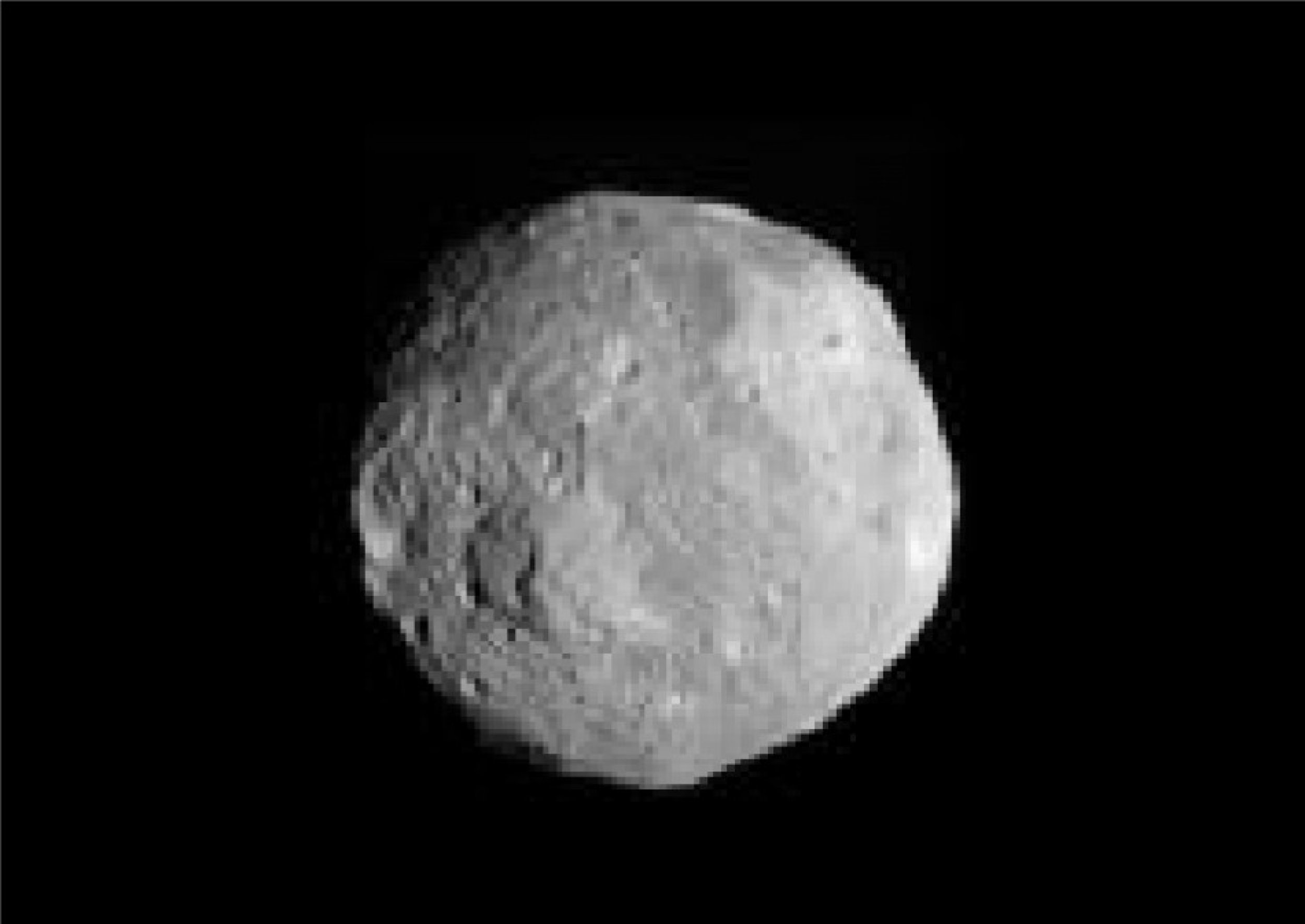NASA Dawn Spacecraft Approaches Vesta for Historic Orbit [PHOTOS]
NASA Dawn spacecraft will approach asteroid Vesta for a prolonged orbit. Engineers expect Dawn to be captured by Vesta's gravity and into a prolonged orbit at approximately 10 p.m. PDT Friday, reported NASA.
During the orbit, Dawn's distance from Vesta is expected to be approximately 9,900 miles.
This historic encounter marks the first time that a spacecraft will enter into a prolonged orbit around a celestial body. Previously, spacecrafts did only flyby missions for faraway celestial bodies.
Dawn is expected to ease next to Vesta to enter its orbit whereas previously fly-by spacecrafts used their propulsive burns to sling by them.
The Dawn sports futurist ion (electrically charged atom or molecule) thrusters, which uses less fuel and allows the spacecraft to embark on very long missions. After Vesta, the Dawn will ahead to Ceres (a nearby dwarf planet) in 2015.
Scientists are interested in studying Vesta because it's believed to be a remnant of an embryonic planet and may hold answers to how planets like the earth were formed.
We can't wait for Dawn to peel back the layers of time and reveal the early history of our solar system, said Christopher Russell, Dawn principal investigator, at UCLA.







© Copyright IBTimes 2024. All rights reserved.





















